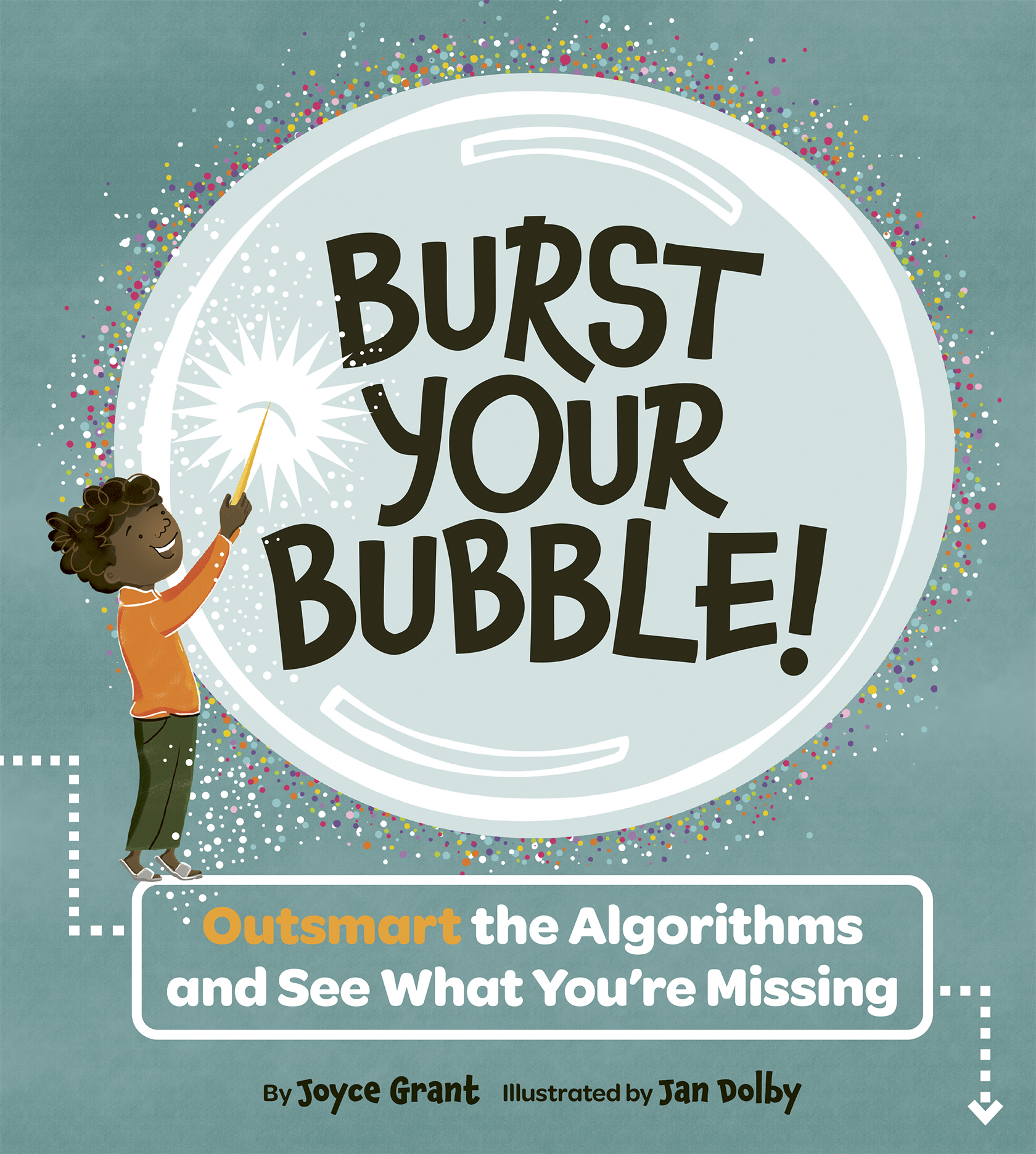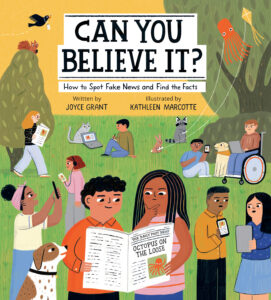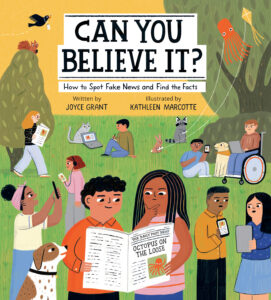
The Bank of Canada recently unveiled the country’s new $20 bill. The bills, like the recently updated $100s and $50s, are made of a polymer (a type of flexible plastic) instead of paper.
The new bills have a transparent “window” in them.
The new $20 bills are more environmentally friendly than the old bills, because they are more durable so they won’t have to be replaced as often. The government says they last 2.5 times longer than paper bills.
To test their durability, the bills (also known as “banknotes”) were boiled, frozen, and put in washing machines, according to nationalpost.com. They were also tossed in a tumbling machine with coffee grinds, marbles and bolts. This created the effect of what would happen to a bill in someone’s pocket for a long time.

The new bills are not only more durable, but they are also harder to copy illegally or “counterfeit.”
Canada’s government is overhauling all of its paper money. New $10s and $5s will be issued by the end of 2013.
The new bills are raising some controversy, however, because some of them are melting when placed near heaters or when left inside overheated cars (for instance, during a hot summer day). Some people have reported that their bills have melted together into a ball.
The government simply replaces those bills; the owners get their money back.
CURRICULUM CONNECTIONS
By Jonathan Tilly
Writing/Discussion Prompt
The images on a bank note tell about the countries they come from. If you were designing a bank note for Canada, what images would you include and why? Draw the bank note.
Reading Prompt: Demonstrate Understanding
Without rereading today’s article, write the three most important ideas in the article. Now reread the article. Do you agree with the ideas you wrote initially? Why do you think they were the same? Why do you think they were different?
Primary
Demonstrate understanding of a variety of texts by identifying important ideas and some supporting details (OME, Reading: 1.4).
Junior
Demonstrate understanding of a variety of texts by summarizing important ideas and citing supporting details (OME, Reading: 1.4).
Intermediate
Demonstrate understanding of increas- ingly complex texts by summarizing important ideas and citing a variety of details that support the main idea (OME, Reading: 1.4).
Grammar Feature: The Dollar Sign
Have you ever wondered where the dollar sign came from? It turns out that there is a fair bit of debate about the famous currency symbol. Some argue that it’s a short form of Peso written ‘Ps’, some think it is the insignia of a famous Spanish mint, while others believe that it is a stylized eight with a line through it because of a popular 19th century 8 cent coin. The symbol was commonly used by the late 18th century.
Create a theory of your own.








